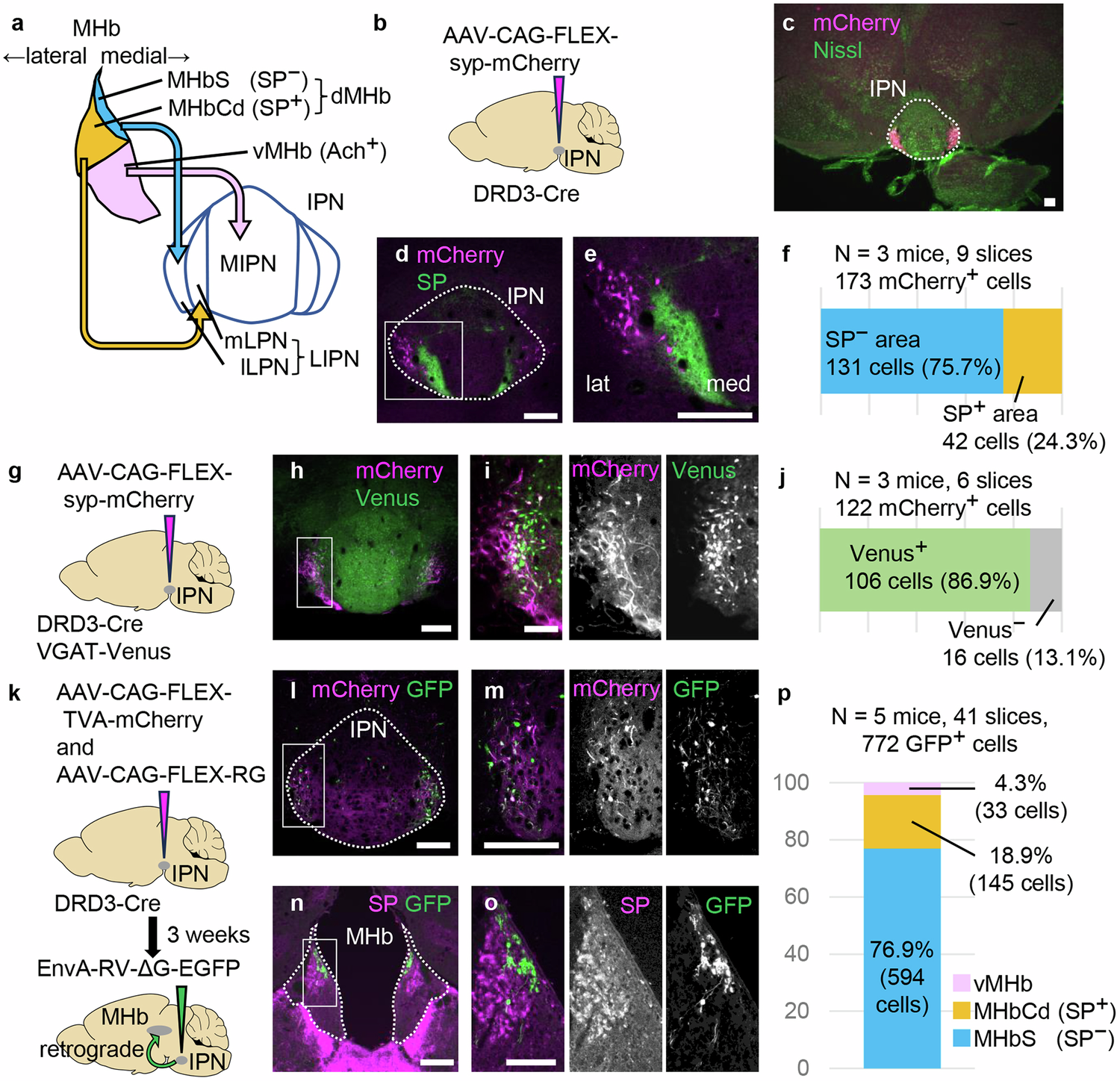2025-03-28 理化学研究所,科学技術振興機構,ブリストル大学,キングス・カレッジ・ロンドン
<関連情報>
- https://www.riken.jp/press/2025/20250328_2/index.html
- https://pubs.acs.org/doi/abs/10.1021/jacs.4c13933
動的導電チャネルを持つデノボα-ヘリカルペプチドバレルの合理的設計原理 Rational Design Principles for De Novo α-Helical Peptide Barrels with Dynamic Conductive Channels
Ai Niitsu,Andrew R. Thomson,Alistair J. Scott,Jason T. Sengel,Jaewoon Jung,Kozhinjampara R. Mahendran,Mikiko Sodeoka,Hagan Bayley,Yuji Sugita,Derek N. Woolfson,and Mark I. Wallace
Journal of the American Chemical Society Published: March 28, 2025
DOI:https://doi.org/10.1021/jacs.4c13933
Abstract

Despite advances in peptide and protein design, the rational design of membrane-spanning peptides that form conducting channels remains challenging due to our imperfect understanding of the sequence-to-structure relationships that drive membrane insertion, assembly, and conductance. Here, we describe the design and computational and experimental characterization of a series of coiled coil-based peptides that form transmembrane α-helical barrels with conductive channels. Through a combination of rational and computational design, we obtain barrels with 5 to 7 helices, as characterized in detergent micelles. In lipid bilayers, these peptide assemblies exhibit two conductance states with relative populations dependent on the applied potential: (i) low-conductance states that correlate with variations in the designed amino-acid sequences and modeled coiled-coil barrel geometries, indicating stable transmembrane α-helical barrels; and (ii) high-conductance states in which single channels change size in discrete steps. Notably, the high-conductance states are similar for all peptides in contrast to the low-conductance states. This indicates the formation of large, dynamic channels, as observed in natural barrel-stave peptide channels. These findings establish rational routes to design and tune functional membrane-spanning peptide channels with specific conductance and geometry.


